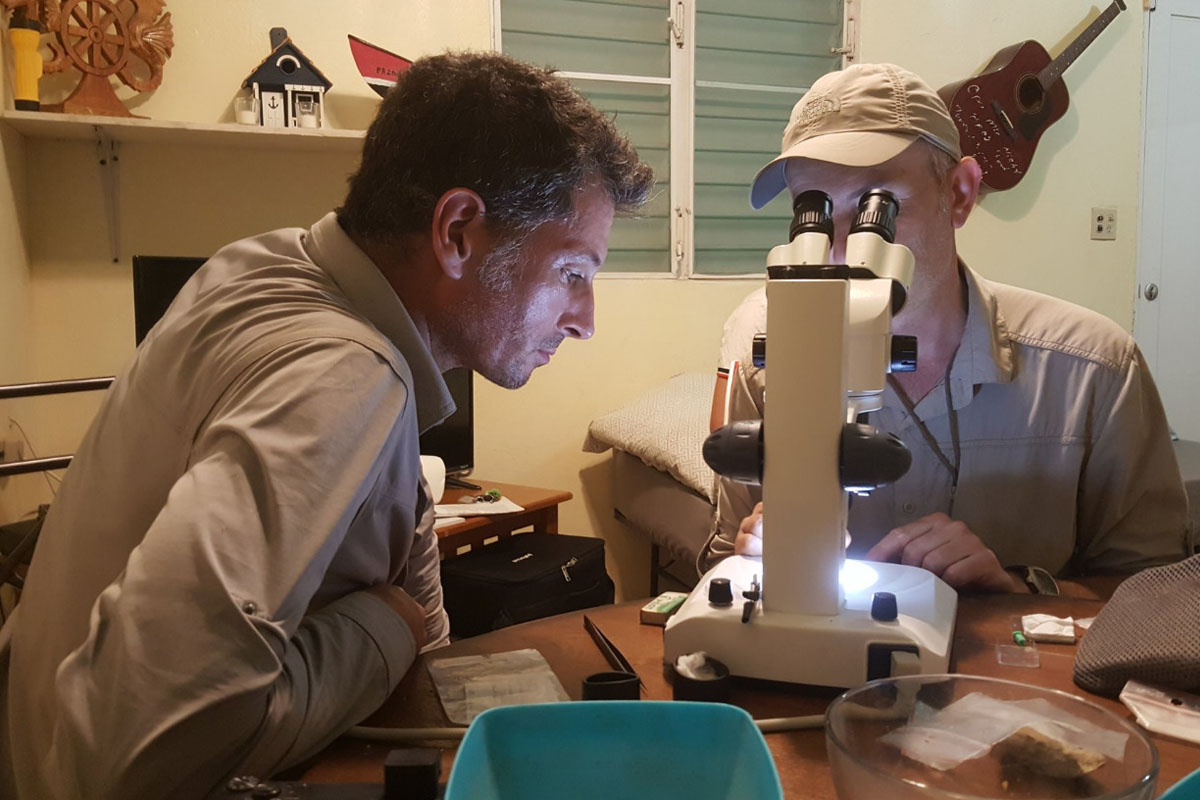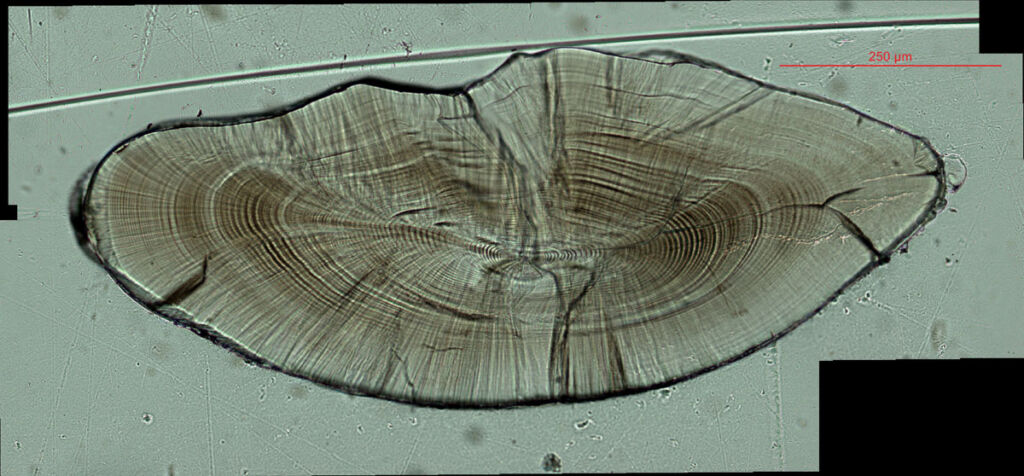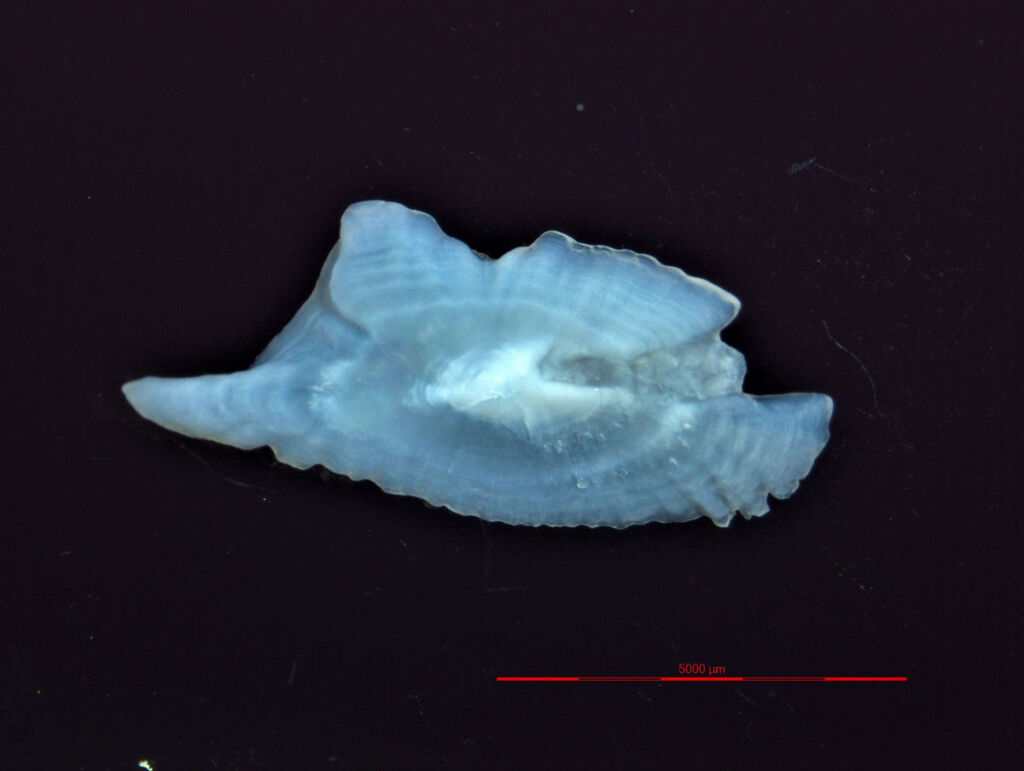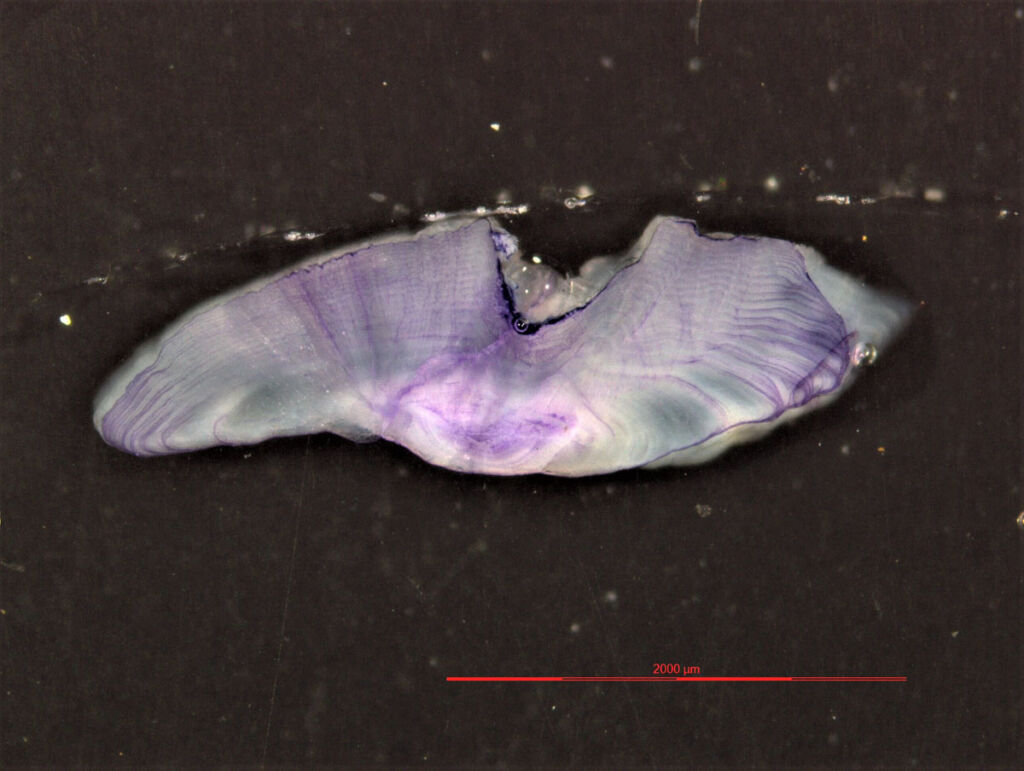A l'UM la science [S01-ep05]: From giant sloth to sclerochronology platform
This week, Pierre-Olivier Antoine, paleontologist atIsem, tells us about the discovery of the first giant sloth fossil in French Guiana. In the second half of the program, Maylis Labonne and Franck Ferraton from the Marbec laboratory the sclerochronology platform.

And off to French Guiana, where a strange creature awaits you. He looks like a Spanish broom, with huge arms ending in three Freddy Krueger-style claws, eyes as round as marbles and a legendary slowness. You've heard of the sloth, of course, but can you recognize its ancestor?
At the end of 2020, illegal gold diggers unearthed a nugget far more precious than gold: a skeleton of Eremotheriumlaurillardi, or giant sloth, a species that can grow up to 4 meters tall and disappeared from the face of the earth 12,000 years ago. From October 12 to 18, Pierre-Olivier Antoine, paleontologist atIsem, went with his team to the site of what he describes as a "great discovery", to unearth and identify maxilla, mandible, radius and other fossil elements. He tells us all about this expedition, worthy of an episode of Indiana Jones.
Read more:
- The fossil of a giant sloth, a species extinct for 12,000 years, discovered in French Guiana (Le Monde 26/10/2021)
- 12,000-year-old giant sloth fossil found in French Guiana (Géo 27/10/2021)
In the second half of the show, we take you on a tour of the sclerochronology platform on the Triolet campus, in the company of Maylis Labonne and Franck Ferraton, who are able to make fish otoliths or shark vertebrae speak for themselves, in order to determine their age or even retrace the paths they have taken. It's real detective work, which they share with us today...



At UM la science you've got the program, here we go!
Coproduction: Divergence FM / Université de Montpellier
Animation: Lucie Lecherbonnier
Interview: Aline Périault / Lucie Lecherbonnier
Reportage : Aline Périault
Production: Anna Demeulandre
Listen to the "A l'UM la science" program on Divergence FM 93.9

UM podcasts are now available on your favorite platforms (Spotify, Deezer, Apple podcasts, Amazon Music...).